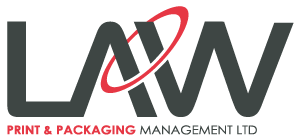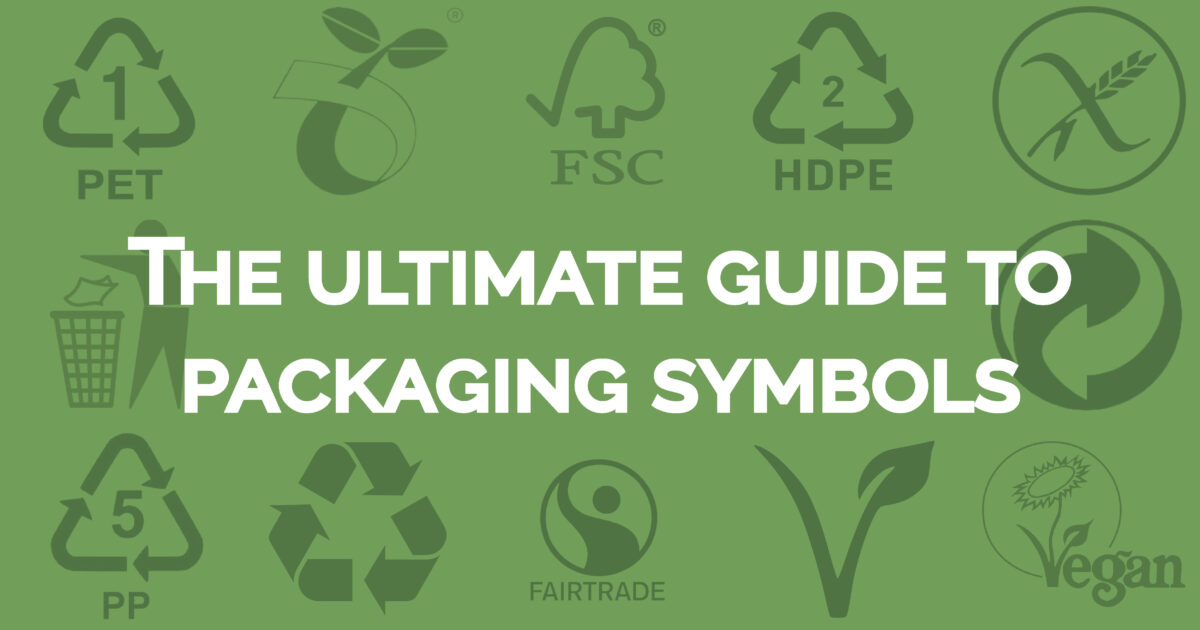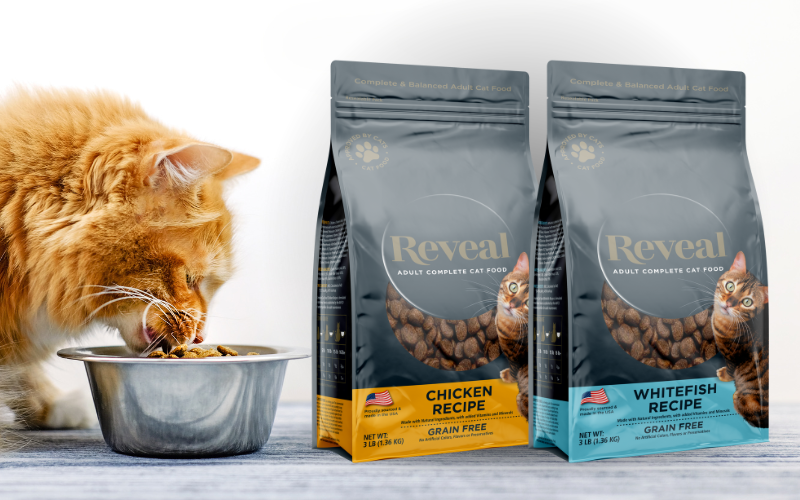Packaging symbols are a bit of a minefield. If you’re struggling to understand the latest symbols or need reassurance you’re using the correct ones, you came to the right place! As a packaging supplier, it’s safe to say we’re pretty clued up on the subject. So, we asked our quality team to put together the ultimate guide to packaging symbols.
The Power of Symbols
Symbols have always been a great way to communicate information. They transcend language barriers and cultural differences.
Often with packaging, it is difficult to combine attractive design and clear messaging with all the legal labelling requirements. This is especially true for food products with small print areas and long, complex ingredient lists. Packaging Symbols can help brands communicate core values, whilst educating consumers and helping them immediately identify important claims.

Gluten Free
The crossed grain symbol is internationally recognisable and represents products that have gained gluten-free certification. This symbol is crucial for those with gluten-free diets with Coeliac UK suggesting that 59% of consumers now rely on the crossed grain symbol when making purchasing decisions.
Vegetarian

 The Vegetarian symbol can vary internationally however many consumers recognise the V inside a circle.
The Vegetarian symbol can vary internationally however many consumers recognise the V inside a circle.
The vegetarian society also has an approved trademark that is becoming increasingly common across vegetarian products.
Vegan


Although many brands and producers use varying means to signal Vegan foods, the Vegetarian Society recently launched its new vegan trademark, that offers assurances to consumers that food has been independently tested and approved. It has become widely adopted and recognised as the go-to symbol for vegan-friendly products.
Fairtrade

The symbol classes as certification and proof that the product has been sourced from producers in developing countries and in accordance with Fairtrade standards. According to the Fairtrade Foundation, three-quarters of UK shoppers use this to decide whether a product is ethical.
Keep Britain Tidy

It’s one of the most famous symbols on product packaging however, it doesn’t hold any particular claim. Keep Britain Tidy is an independent charity that invented the symbol to help remind consumers to dispose of waste responsibly.
Recycling

There are many recycling symbols used in packaging. Some of the most recognised symbols are the Mobius Loop that tells the consumer the material is
eligible for recycling. The Green Dot below is also widely used in Europe and for many countries, the trademark can be mandatory.

The symbol indicates for each piece of packaging a financial contribution has been paid to a national packaging recovery organisation.

The other recycling symbols pictured right were first introduced in the UK as part of the on-pack recycling label scheme. These symbols help consumers understand which materials are recyclable.
Plastic Packaging
There can be varying materials used in plastic packaging depending on the intended use. The above triangle symbols indicate plastic material with the number inside relating to the resin used to make the packaging.

Although the three black arrows or Mobius loop suggest recyclability this does not apply to all plastics, most noteworthy films that have multiple layers of material laminated together.
Compostable
The seedling symbol refers to the EU certification for compostable packaging (EN 13432). Only after formal certification is carried out by independent certifier, Din Certco can this be used. Once

the material passes criteria set out by European standards, it is accepted for commercial composting systems and certified ‘compostable.’ If two independently certified material components are combined, the final packaging must then be tested and certified to hold the accreditation.
Home Compostable
For those wishing to compost packaging at home, it’s important to note that the EN 13432 certification only applies to industrial composting in controlled conditions.

In order to achieve home composting accreditation brands look to the Belgian ‘OK compost home’ system managed by Vinçotte.
FSC Certified Paper

For paper packaging such as cartons, paper bags the material needs to be sourced from our planet’s trees. Not all paper mills use responsibly sourced wood. The FSC Certified Paper symbol ensures that the wood pulp is sourced in an environmentally friendly, well-managed forest.
If you need some help with packaging symbols and packaging claims we’re here for you. Furthermore feel free to give us a call – even if you just have a few simple questions.
We’re always happy to answer questions, after all, packaging is kind of our thing!
Subscribe to our newsletter for all the latest packaging news and insights


